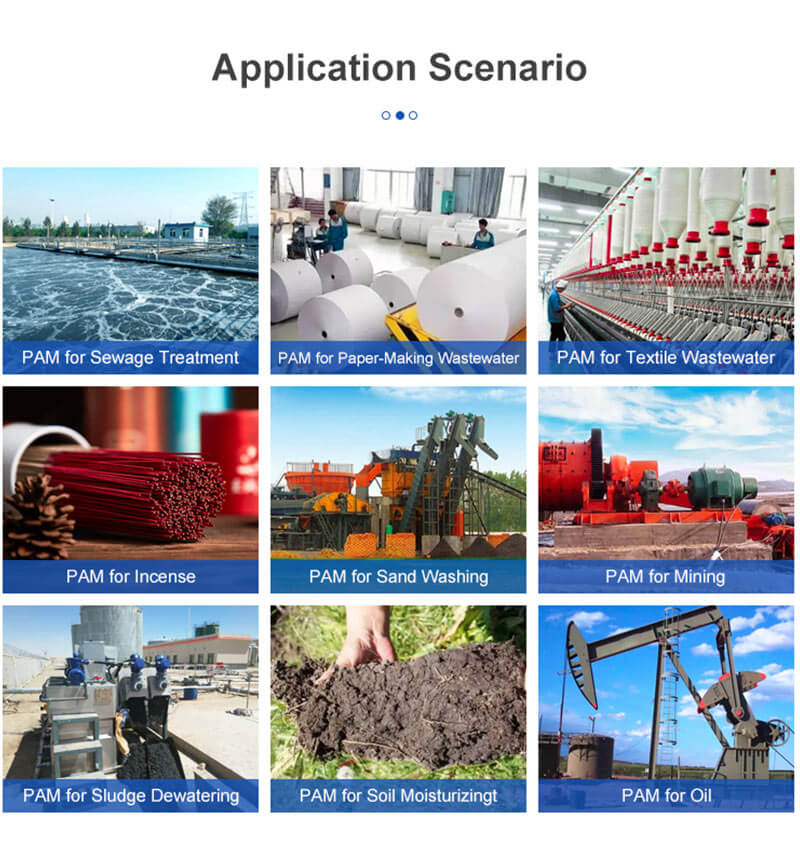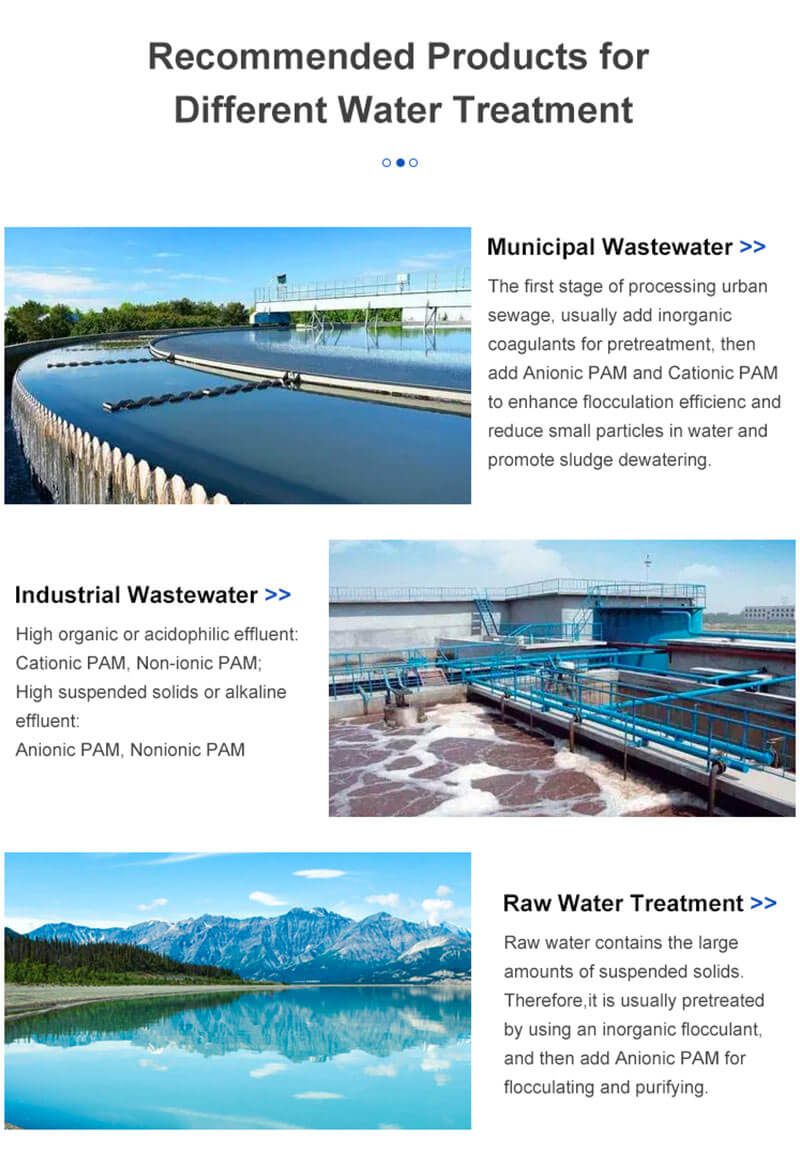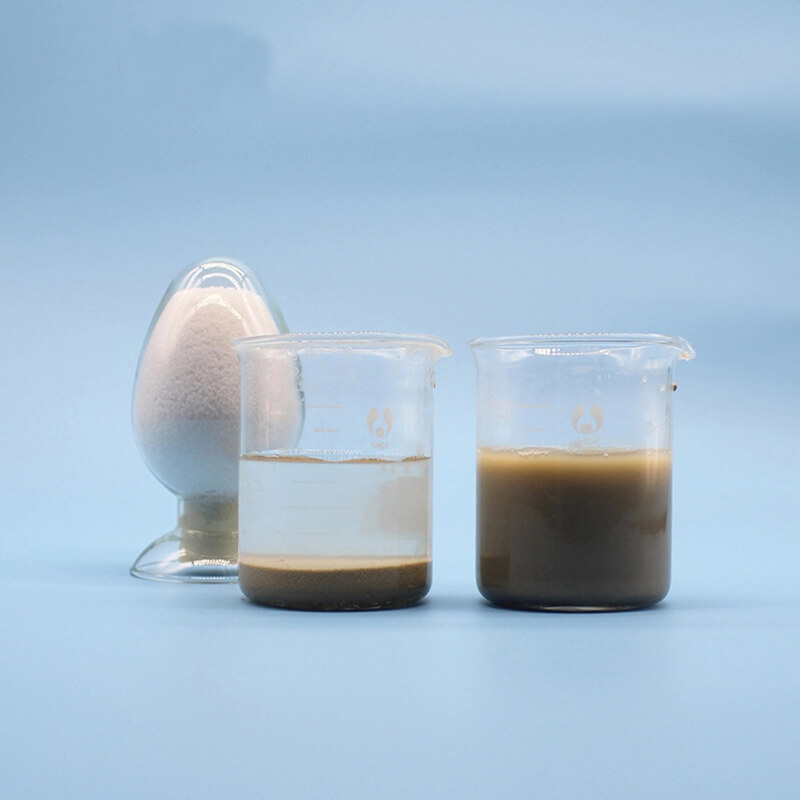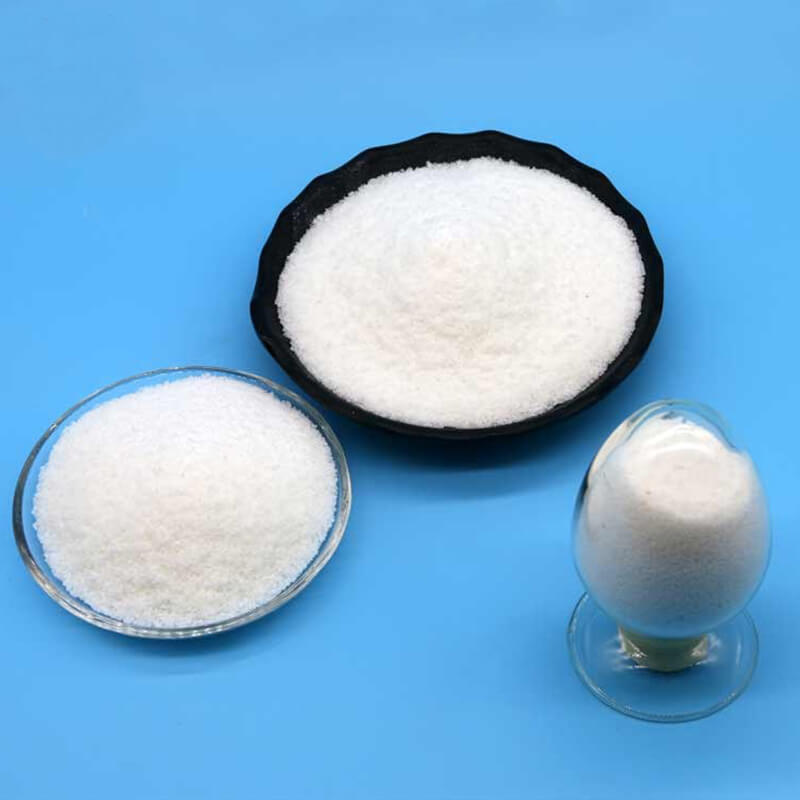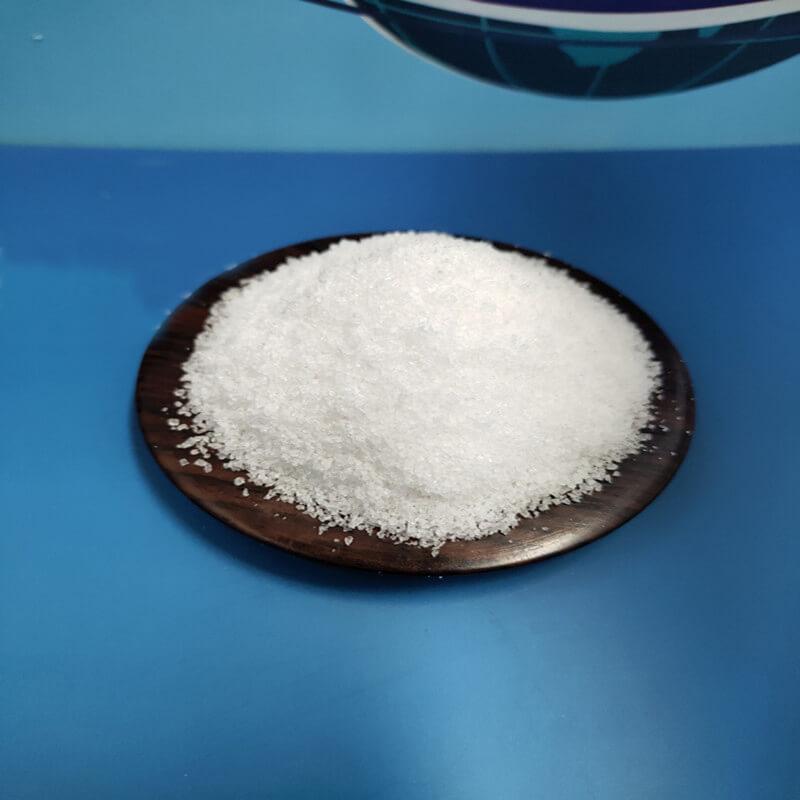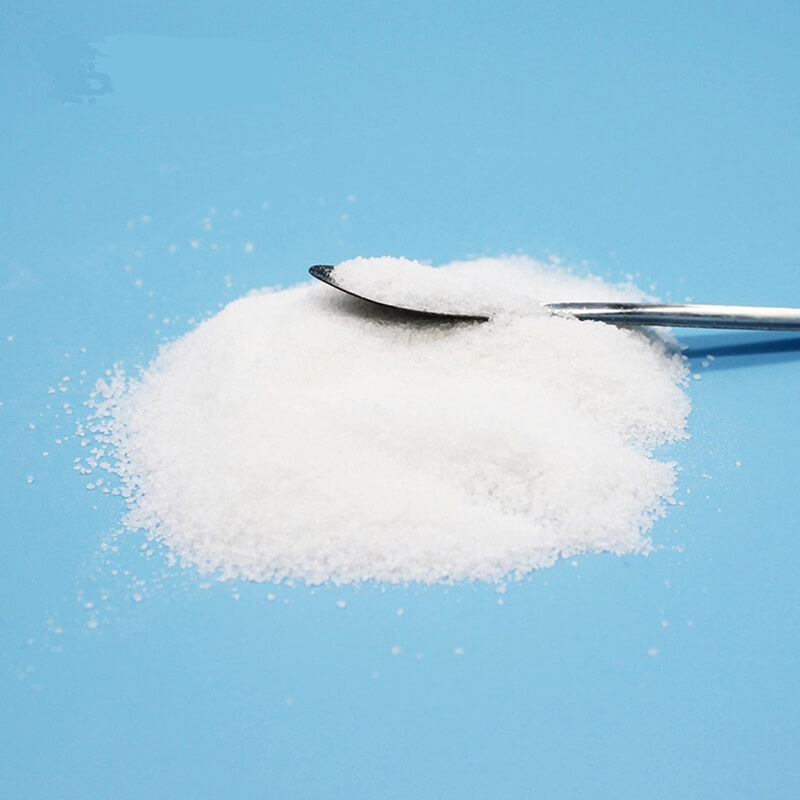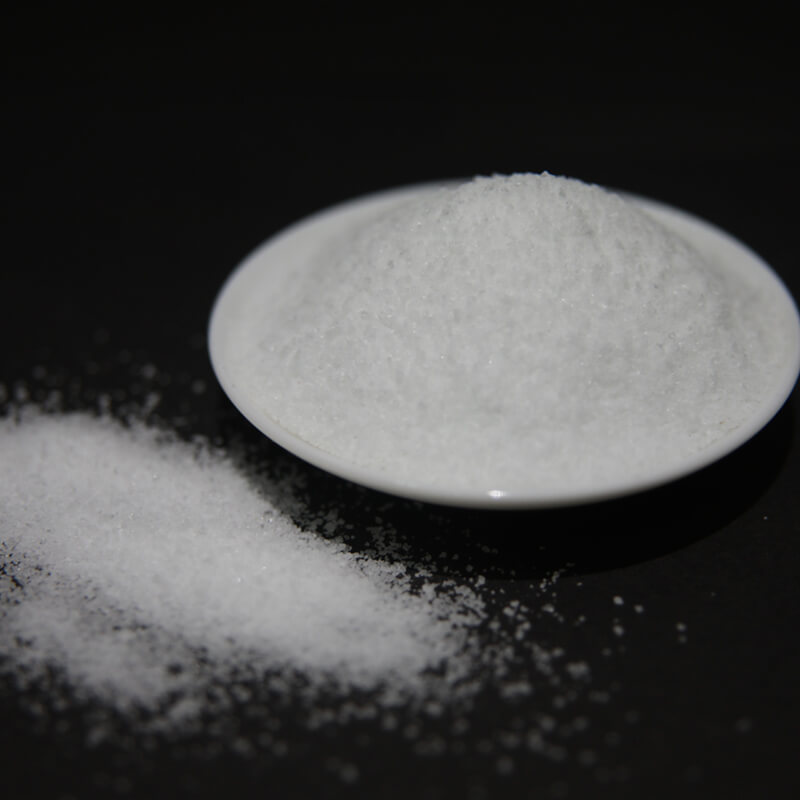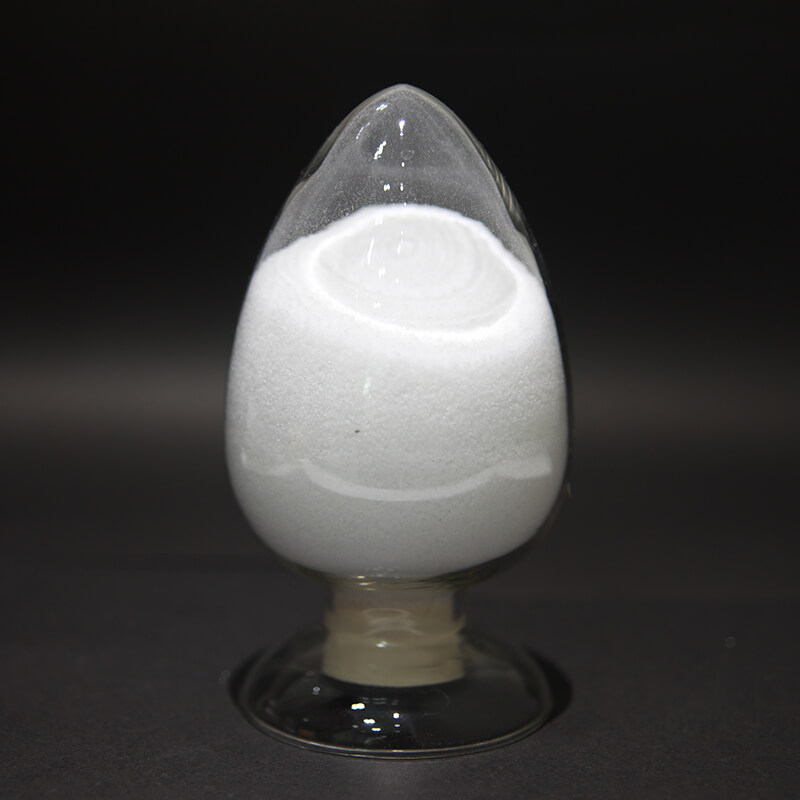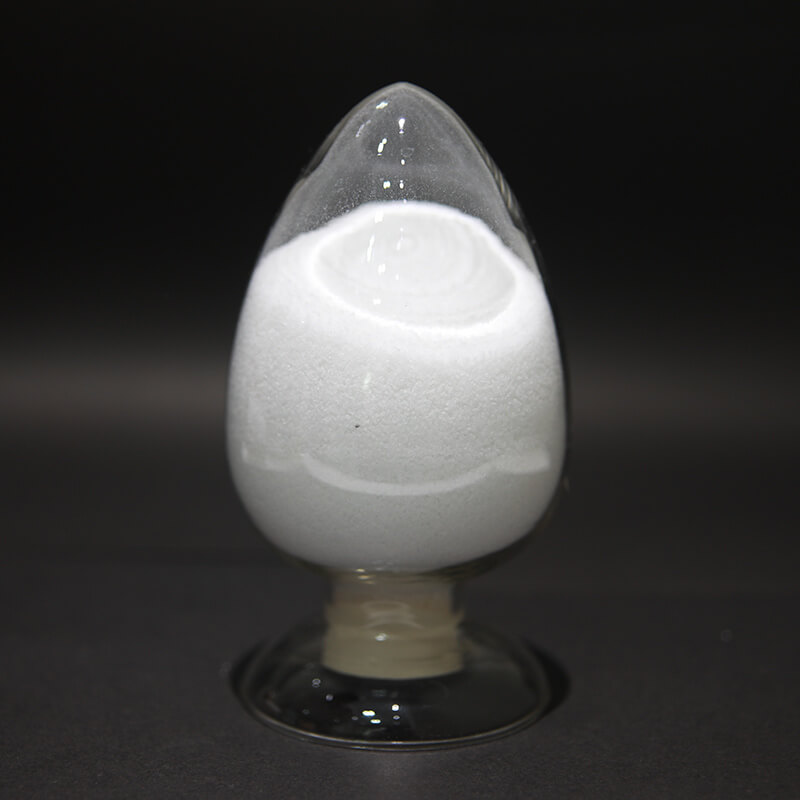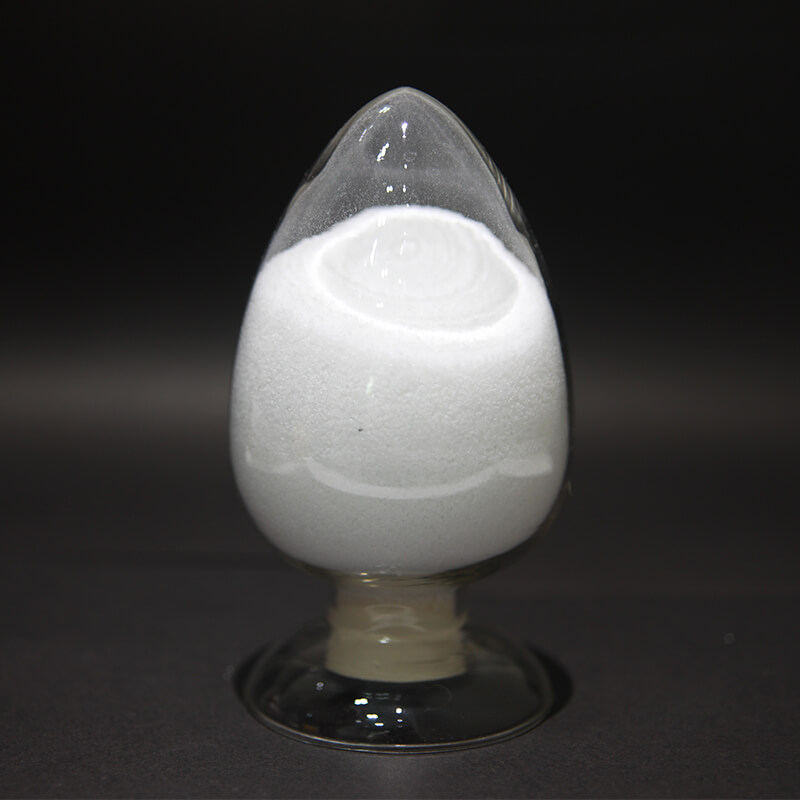Product Feature
Good water solubility, can soluble in cold water.
It can be used with inorganic flocculants (polyferric sulfate, polyaluminum chloride, iron salt, etc.) for better effect.
Low dosage, normally 0.01-10ppm will work.
Product Advantages
Cost- efficient, low dosage can make a difference.
Can significantly improve the efficiency of sludge production or reduce the moisture content of the mud.
Effectively work in a wide range of PH value (2-9), and can be used under weak acid conditions.
Stable performance, good decolorization, sedimentation and turbidity removal effects.
Product Parameters
Appearance: white power
Ion degree: 10-70
Dissolving speed (min): ≤ 60
PH range: 4-9
Model Type: Strong cationic, medium cationic, weak cationic
PAM for Sedimentation
The special flocculant for mud sedimentation can greatly increase the solid-liquid separation speed. The mechanism of the polyacrylamide flocculant is to cause effective agglomeration between mud particles through the effects of adsorption bridging, surface adsorption and charge neutralization, forming a “oversize particle” greatly accelerate the speed of sedimentation
PAM for Textile Wastewater
Printing and dyeing wastewater has the following characteristics:
1. Large amount of wastewater.
2. The water quality is complex, and the wastewater quality varies greatly.
Printing and dyeing wastewater treatment is mainly by adding flocculants to the wastewater. Inorganic flocculants such as iron salts, aluminum salts, magnesium salts, inorganic polyacrylamideic flocculants, etc. can well remove most of the suspended dye to achieve the decolorization effect.
PAM for Paper-Making Wastewater
The amount of paper-making wastewater is large, relatively high chroma, high suspended solids content, and high organic matter concentration. The suspended matter in the waste water is negatively charged, and cationic polyacrylamide can achieve a good neutralization and separation effect.
